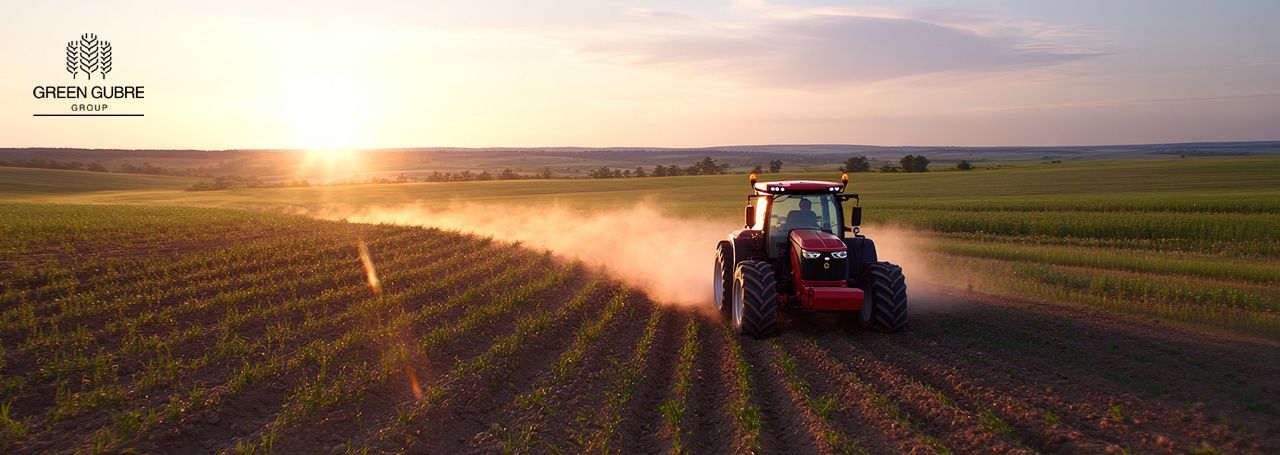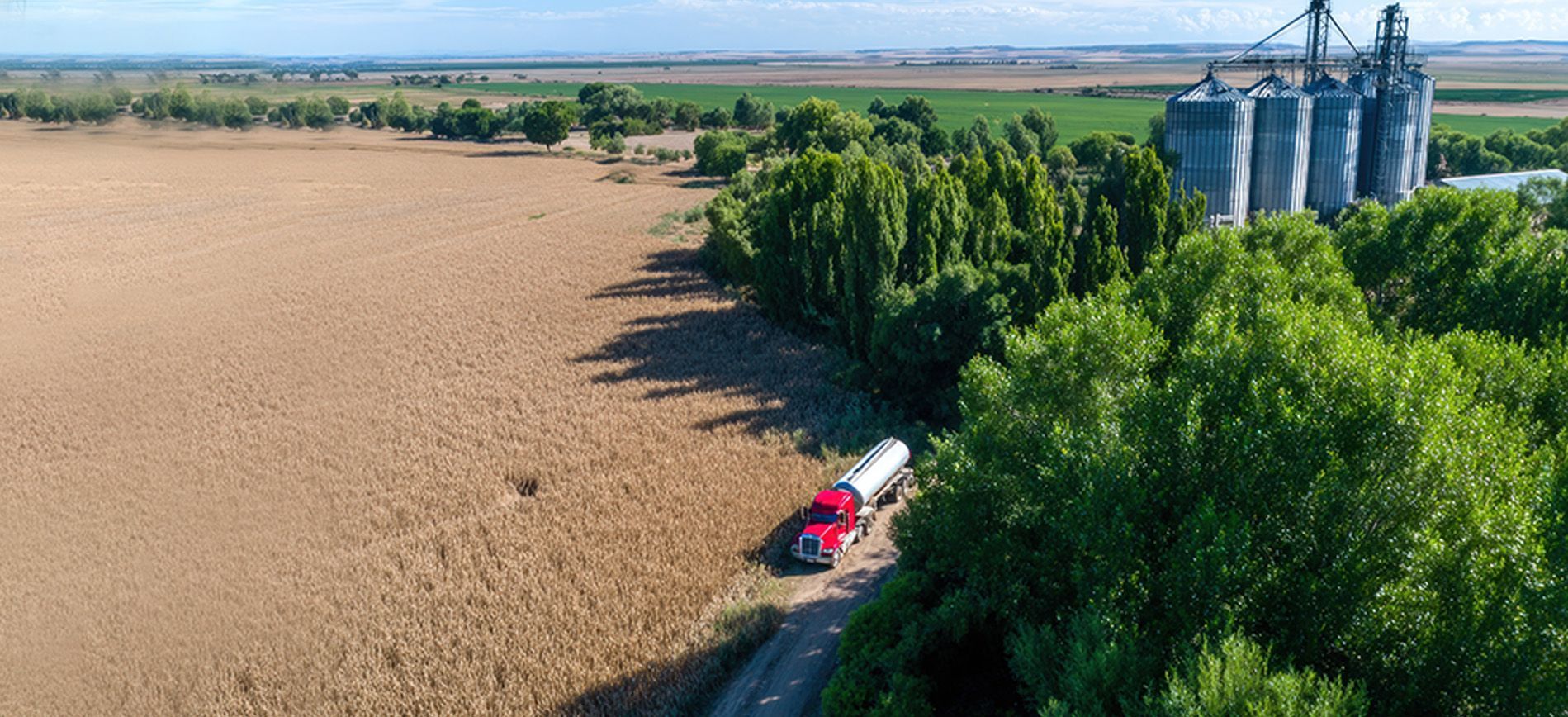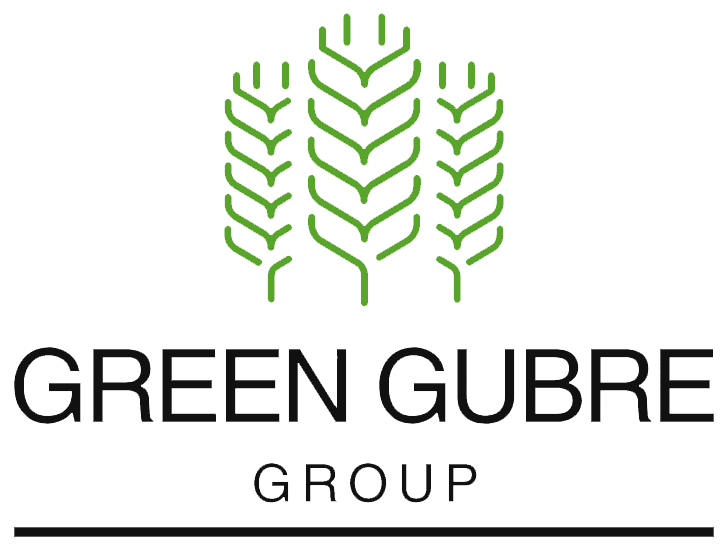Fertilizer Coatings – Precision Layers for Smarter Nutrient Delivery
Enhanced Efficiency
Fertilizers (EEFs) – The Future of Smarter Nutrient Delivery

Introduction: Smart Fertilization for a Changing World
In the evolving landscape of modern agriculture, efficiency is no longer optional—it’s essential. Traditional fertilizers, while effective, often fall short in synchronizing nutrient delivery with plant demand. This mismatch results in nutrient losses, lower crop productivity, and significant environmental damage.
Enhanced Efficiency Fertilizers (EEFs) are a breakthrough solution that improves Nutrient Use Efficiency (NUE) by minimizing losses from leaching, volatilization, and denitrification. These advanced fertilizers release nutrients in sync with plant growth stages, helping farmers maximize yield, reduce input waste, and meet sustainability targets.
“In every kilogram saved, there’s a smarter way to grow.” – Green Gubre Group
What Are Enhanced Efficiency Fertilizers?
Enhanced Efficiency Fertilizers include three major categories, each with specific modes of action:
1. Controlled-Release Fertilizers (CRFs)
These fertilizers are coated with polymers, sulfur, or biodegradable materials. They gradually release nutrients in response to temperature and soil moisture, aligning with plant nutrient uptake over time.
2. Stabilized Fertilizer
These contain additives like:
- Urease Inhibitors (NBPT) – reduce ammonia volatilization from surface-applied urea.
- Nitrification Inhibitors (DCD, DMPP) – slow nitrate formation, reducing leaching and N₂O emissions.
3. Slow-Release Fertilizers
These are chemically or organically structured to degrade slowly, providing nutrients over several weeks or months. They’re commonly used in turf, horticulture, and protected cultivation.
Agronomic and Environmental Advantages
| Benefit | Impact |
|---|---|
| Higher Nutrient Use Efficiency (20–50%) | Less input, more output |
| Yield Uplift (5–15%) | Especially in cereals, potatoes, and vegetables |
| Reduced Leaching & Emissions | Better groundwater and air quality |
| Labor Savings | Fewer application rounds |
| Flexible Compatibility | Mix with biostimulants or micronutrients |
EEFs reduce nitrogen loss by up to 40% compared to conventional urea.
Challenges Limiting EEF Adoption
Despite their promise, several barriers remain:
- Higher upfront cost (20–60% above conventional fertilizers)
- Limited farmer awareness of correct application techniques
- Distribution gaps in emerging markets
- Performance variability under extreme weather (e.g., high rainfall)
However, these are increasingly offset by policy support, private investment, and rising demand for fertilizer efficiency.
Global Market Trends
The EEF market was valued at USD 7.25 billion in 2024 and is projected to reach USD 12.74 billion by 2032, with a CAGR of 7.3%.
High-Growth Markets
- India & China – Government-backed initiatives for nitrogen efficiency
- Brazil – Strong demand for sugarcane and maize optimization
- Germany – Environmental regulation and carbon footprint reduction
Green Gubre Group’s EEF Portfolio
At Green Gubre Group, we offer a full suite of EEF products tailored for diverse climates, crops, and soil conditions.
Product Range
- Polymer-coated urea – For rainfed cereals and sugarcane
- NBPT & DMPP solutions – Targeted for nitrogen-sensitive zones
- Liquid CRF formulas – For fertigation and greenhouse production
- Custom NPK + EEF blends – Integrated with soil and crop data
Our agronomic experts assist clients in:
- Fertilizer timing and placement
- Regulatory compliance
- Digital monitoring and application tools
Conclusion: Fertilize Smarter, Grow Better
As agriculture shifts toward climate-smart, resource-efficient, and economically sustainable systems, Enhanced Efficiency Fertilizers are poised to become the industry standard.
Whether you aim to boost profitability, reduce environmental impact, or comply with evolving regulations, EEFs are the solution that bridges productivity with responsibility.
Join the smarter fertilization movement with Green Gubre Group—where every nutrient counts.




